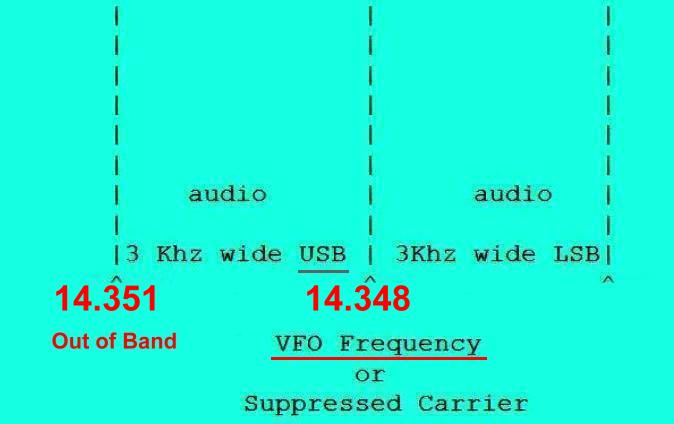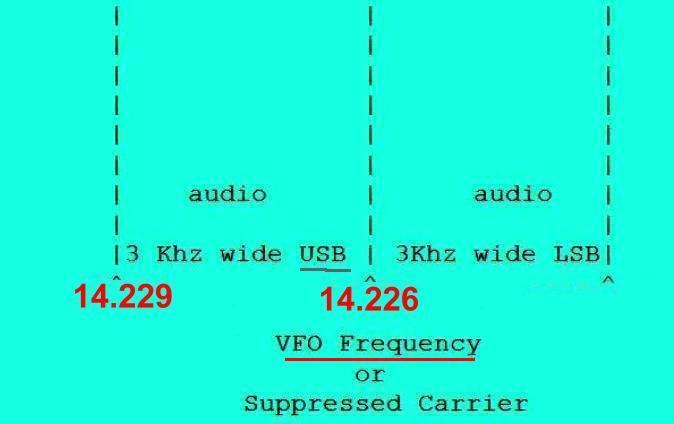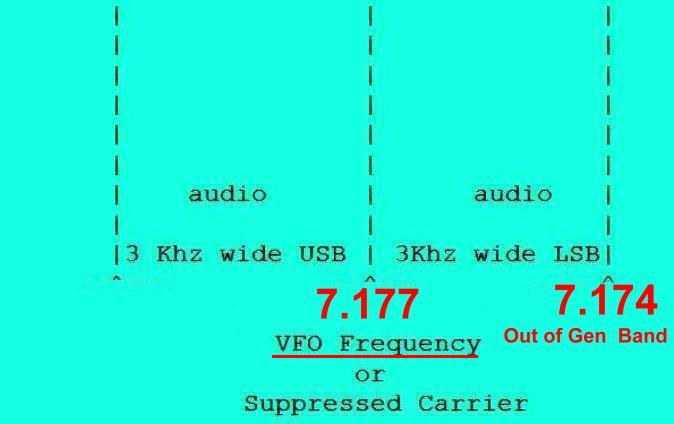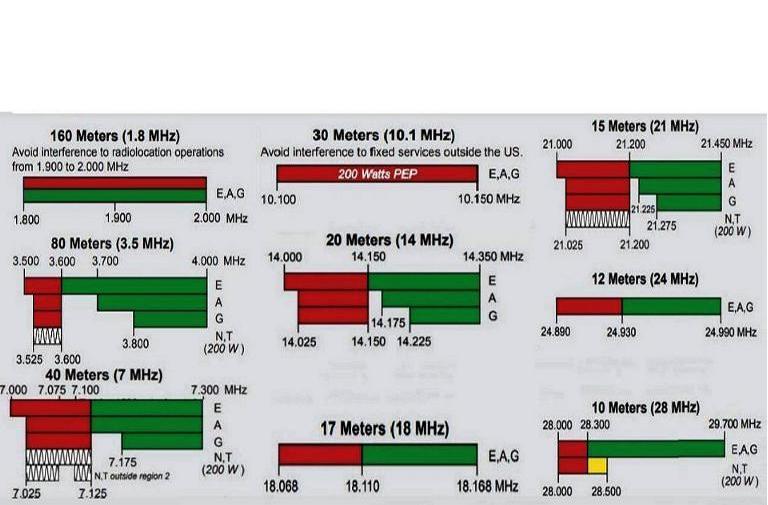



(b) Emissions resulting from modulation must be confined to the band or segment available to the control operator. Emissions outside the necessary bandwidth must not cause splatter or keyclick interference to operations on adjacent frequencies.
(c) All spurious emissions from a station transmitter must be reduced to the greatest extent practicable. If any spurious emission, including chassis or power line radiation, causes harmful interference to the reception of another radio station, the licensee of the interfering amateur station is required to take steps to eliminate the interference, in accordance with good engineering practice.
(d) For transmitters installed after January 1, 2003, the mean power of any spurious emission from a station transmitter or external RF power amplifier transmitting on a frequency below 30 MHz must be at least 43 dB below the mean power of the fundamental emission. For transmitters installed on or before January 1, 2003, the mean power of any spurious emission from a station transmitter or external RF power amplifier transmitting on a frequency below 30 MHz must not exceed 50 mW and must be at least 40 dB below the mean power of the fundamental emission. For a transmitter of mean power less than 5 W installed on or before January 1, 2003, the attenuation must be at least 30 dB. A transmitter built before April 15, 1977, or first marketed before January 1, 1978, is exempt from this requirement.
/////////////////////////////////////////////////////////////////////////////\\\\\\\\\\\\\\\\\\\\\\\\\\\\\\\\\\\\\\\\\\\\\\\\\\
Part 97 defines spurious emissions as an emission, or frequencies outside the necessary bandwidth of a transmission, the level of which may be reduced without affecting the information being transmitted."
Thus the unused sideband would be considered a spurious emission. Part 97.307 defines spurious emission limits and the part applicable to modern HF equipment states "(d) For transmitters installed after January 1, 2003, the mean power of any spurious emission from a station transmitter or external RF power amplifier transmitting on a frequency below 30 MHz must be at least 43 dB below the mean power of the fundamental emission."
Most current manufactured amateur radios specs are at least 60dB down, so far exceed this
43 dB requirement and by definition the spurious emissions doesn't count as part of the
signal bandwidth so the fact that some of the energy falls outside the band, as lomg as it meets these
standards, is acceptable.
////////////////////////////////////////////////////////////////////////////\\\\\\\\\\\\\\\\\\\\\\\\\\\\\\\\\\\\\\\\\\\\\\\\\\
Below is a modified format of the ARRL chart, showing only HF
to make it easier to see taped on your desk shelf. Print a copy.

